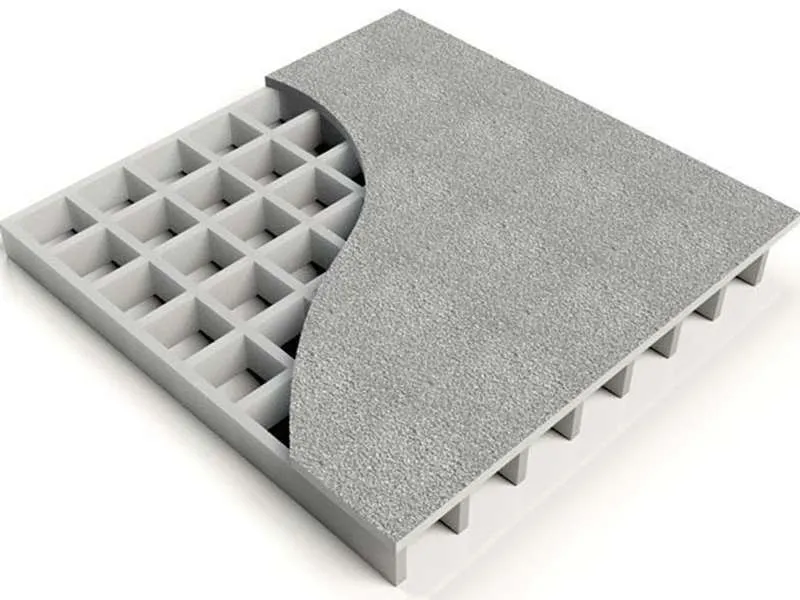
-
 Afrikaans
Afrikaans -
 Albanian
Albanian -
 Amharic
Amharic -
 Arabic
Arabic -
 Armenian
Armenian -
 Azerbaijani
Azerbaijani -
 Basque
Basque -
 Belarusian
Belarusian -
 Bengali
Bengali -
 Bosnian
Bosnian -
 Bulgarian
Bulgarian -
 Catalan
Catalan -
 Cebuano
Cebuano -
 China
China -
 China (Taiwan)
China (Taiwan) -
 Corsican
Corsican -
 Croatian
Croatian -
 Czech
Czech -
 Danish
Danish -
 Dutch
Dutch -
 English
English -
 Esperanto
Esperanto -
 Estonian
Estonian -
 Finnish
Finnish -
 French
French -
 Frisian
Frisian -
 Galician
Galician -
 Georgian
Georgian -
 German
German -
 Greek
Greek -
 Gujarati
Gujarati -
 Haitian Creole
Haitian Creole -
 hausa
hausa -
 hawaiian
hawaiian -
 Hebrew
Hebrew -
 Hindi
Hindi -
 Miao
Miao -
 Hungarian
Hungarian -
 Icelandic
Icelandic -
 igbo
igbo -
 Indonesian
Indonesian -
 irish
irish -
 Italian
Italian -
 Japanese
Japanese -
 Javanese
Javanese -
 Kannada
Kannada -
 kazakh
kazakh -
 Khmer
Khmer -
 Rwandese
Rwandese -
 Korean
Korean -
 Kurdish
Kurdish -
 Kyrgyz
Kyrgyz -
 Lao
Lao -
 Latin
Latin -
 Latvian
Latvian -
 Lithuanian
Lithuanian -
 Luxembourgish
Luxembourgish -
 Macedonian
Macedonian -
 Malgashi
Malgashi -
 Malay
Malay -
 Malayalam
Malayalam -
 Maltese
Maltese -
 Maori
Maori -
 Marathi
Marathi -
 Mongolian
Mongolian -
 Myanmar
Myanmar -
 Nepali
Nepali -
 Norwegian
Norwegian -
 Norwegian
Norwegian -
 Occitan
Occitan -
 Pashto
Pashto -
 Persian
Persian -
 Polish
Polish -
 Portuguese
Portuguese -
 Punjabi
Punjabi -
 Romanian
Romanian -
 Russian
Russian -
 Samoan
Samoan -
 Scottish Gaelic
Scottish Gaelic -
 Serbian
Serbian -
 Sesotho
Sesotho -
 Shona
Shona -
 Sindhi
Sindhi -
 Sinhala
Sinhala -
 Slovak
Slovak -
 Slovenian
Slovenian -
 Somali
Somali -
 Spanish
Spanish -
 Sundanese
Sundanese -
 Swahili
Swahili -
 Swedish
Swedish -
 Tagalog
Tagalog -
 Tajik
Tajik -
 Tamil
Tamil -
 Tatar
Tatar -
 Telugu
Telugu -
 Thai
Thai -
 Turkish
Turkish -
 Turkmen
Turkmen -
 Ukrainian
Ukrainian -
 Urdu
Urdu -
 Uighur
Uighur -
 Uzbek
Uzbek -
 Vietnamese
Vietnamese -
 Welsh
Welsh -
 Bantu
Bantu -
 Yiddish
Yiddish -
 Yoruba
Yoruba -
 Zulu
Zulu
chemical products for frp applications a comprehensive guide ...
A Comprehensive Guide to Chemical Products for FRP Applications
Fiber Reinforced Polymer (FRP) composites have gained significant traction in various industries due to their exceptional mechanical properties, lightweight nature, and resistance to environmental degradation. To facilitate the manufacturing and application of FRP materials, a variety of chemical products are utilized. This article provides a detailed overview of these chemical products and their roles in FRP applications.
Understanding FRP Composites
FRP composites are materials made from a polymer matrix reinforced with fibers. The most common fiber types used are glass, carbon, and aramid. The choice of fiber significantly influences the properties of the final composite, including tensile strength, resistance to impact, and thermal stability. The polymer matrix, typically a thermosetting resin, binds the fibers together and protects them from environmental damage.
Key Chemical Products in FRP Manufacturing
1. Resins Resins are the backbone of FRP composites. The two main types used are epoxy and polyester resins. Epoxy resins are preferred for their superior adhesive properties, chemical resistance, and mechanical strength. They cure at room temperature and provide excellent dimensional stability. Polyester resins, while less expensive and easier to work with, offer lower mechanical properties and chemical resistance.
2. Curing Agents Curing agents, also known as hardeners, are necessary to initiate the curing process of thermosetting resins. Common curing agents include amines, anhydrides, and peroxides. The choice of curing agent affects the curing time, temperature, and end properties of the resin.
3. Additives and Fillers Various additives are incorporated into the resin formulation to enhance specific properties. For example, UV stabilizers protect the composite from sun damage, while flame retardants improve fire resistance. Fillers, such as calcium carbonate or talc, can be added to improve the mechanical properties and reduce costs.
chemical products for frp applications a comprehensive guide ...

4. Reinforcements The type of reinforcement material plays a crucial role in determining the performance of the FRP composite. Glass fibers are the most common due to their good strength-to-weight ratio and cost-effectiveness. Carbon fibers offer superior strength and stiffness but come at a higher price. Aramid fibers, known for their impact resistance, are often used in high-performance applications.
Application Areas of FRP Composites
FRP materials are used in a wide range of applications, including automotive, aerospace, civil engineering, and marine industries. In the automotive sector, FRP is used to manufacture lightweight components that contribute to fuel efficiency. In aerospace, the high strength-to-weight ratio of carbon fiber composites is essential for aircraft structure and components.
In civil engineering, FRP is increasingly employed for retrofitting and strengthening structures such as bridges and buildings, providing enhanced durability and resistance to corrosion. The marine industry benefits from the lightweight and corrosion-resistant properties of FRP in boat hulls and other components.
Environmental Considerations
As the demand for FRP materials continues to grow, so does the focus on sustainability. Efforts are being made to develop bio-based resins and recyclable FRP composites to minimize environmental impact. Innovations in chemical products, such as adhesives that enable easy disassembly of FRP components, also contribute to a greener future.
Conclusion
The choice of chemical products in FRP applications is critical to achieving the desired material performance and longevity. Understanding the roles of resins, curing agents, additives, and reinforcements allows engineers and manufacturers to make informed decisions that enhance the properties of FRP composites. As technology advances and the demand for sustainable materials increases, the landscape of chemical products for FRP applications will continue to evolve, supporting a wide array of industries.
Latest news
-
Exploring the Benefits of Top Hammer Drifter Rods for Enhanced Drilling PerformanceNewsJun.10,2025
-
High-Precision Fiberglass Winding Machine for GRP/FRP Pipe Production – Reliable & Efficient SolutionsNewsJun.10,2025
-
FRP Pipes & Fittings for Shipbuilding - Corrosion-Resistant & LightweightNewsJun.09,2025
-
Premium FRP Flooring Solutions Durable & Slip-ResistantNewsJun.09,2025
-
Premium Fiberglass Rectangular Tanks Durable & Lightweight SolutionNewsJun.09,2025
-
Tapered Drill String Design Guide Durable Performance & UsesNewsJun.09,2025









